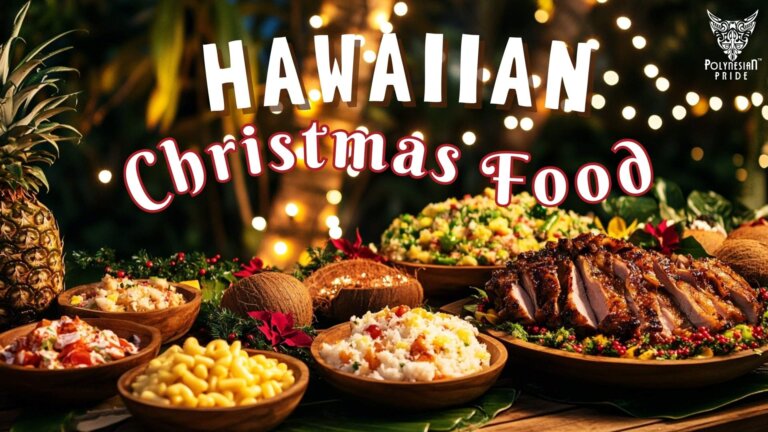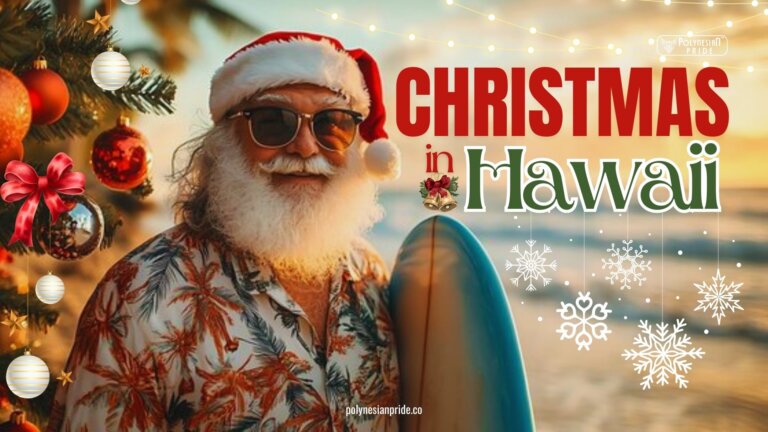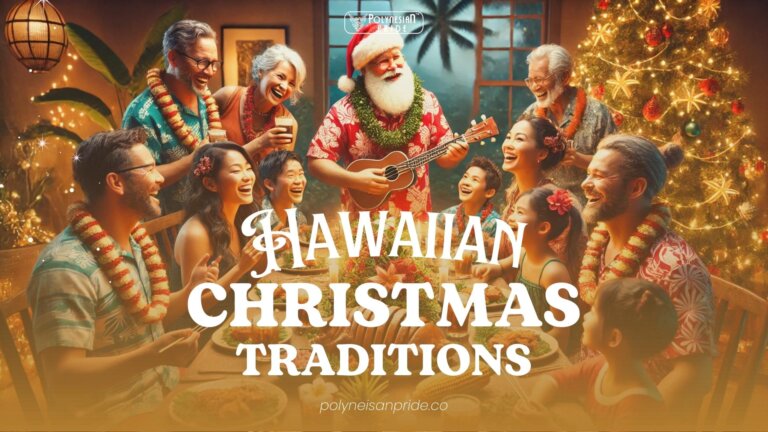What is Maori Culture? A Vibrant Tapestry Woven from Traditions, Beliefs, and Artistic Expression

What is Maori Culture?
Maori culture is a vibrant tapestry woven from the threads of ancient traditions, spiritual beliefs, and artistic expressions. It stretches back a thousand years, brought to Aotearoa (New Zealand) by Polynesian voyagers. This rich heritage isn’t merely beautiful carvings or the stirring haka dance. It’s a deep connection to the natural world, a respect for ancestors (whakapapa), and a unique worldview embodied in tikanga (customs).
Understanding Maori culture involves delving into these aspects. How they see the universe, their place, and the stories passed down through generations. This intricate tapestry continues to evolve, shaping Maori identity and contributing to the cultural richness of New Zealand.
I. Overview of Maori Culture and Its Diversity
Māori culture is not monolithic; it encompasses diverse traditions, languages, and customs, reflecting the different tribes (iwi) and sub-tribes (hapū) settled in Aotearoa. The Maori language, Te Reo Māori, has regional dialects and variations, further enriching the tapestry of cultural diversity. Each tribe boasts unique stories, legends, and ancestral connections to their specific territories, known as rohe. This inherent diversity is a testament to the adaptability and resilience of the Maori people as they navigated the complexities of their environment and adapted to different geographical landscapes.
II. Legend and Origins of Maori Culture

A. Exploration of Maori Creation Myths and Legends
Maori culture is deeply rooted in a rich tapestry of creation myths and legends passed down through generations. These stories offer profound insights into the Maori worldview, their understanding of the natural world, and their spiritual beliefs. From the epic struggle between Ranginui (sky father) and Papatūānuku (earth mother) that birthed the universe to the daring exploits of the mischievous demigod Maui, who is credited with fishing up the North Island of New Zealand, these narratives are captivating and serve as vehicles for transmitting cultural values, traditions, and wisdom.
Other prominent legends include the heartwarming love story of Hinemoa and Tutanekai and the epic journey of Paikea the Whale Rider, who arrived in Aotearoa on the back of a Tohora whale. These stories explain the formation of the land and natural phenomena and impart valuable lessons about courage, resourcefulness, respect for the natural world, and the importance of family and community.
B. The Arrival of Polynesian Voyagers and Settlement in Aotearoa

The Maori people trace their origins to the skilled Polynesian voyagers who undertook daring ocean journeys aboard intricately crafted waka hourua (double-hulled canoes). These ancient mariners navigated vast stretches of the Pacific Ocean, guided by their deep knowledge of the stars, ocean currents, and natural phenomena. Their arrival in Aotearoa, estimated to have occurred between the 13th and 14th centuries, marked the beginning of a new chapter in the history of the Maori people as they adapted to the unique landscapes and resources of their new homeland.
C. Maori People History: Unveiling the Roots of a Culture
Unravelling the origins and migration patterns of Maori ancestors is a fascinating journey that combines oral traditions, archaeological evidence, and genetic studies. While various theories and ongoing debates surround the exact timeline and routes taken, most scholars agree that Maori people are descendants of ancient Polynesian seafarers who embarked on daring voyages across the vast expanse of the Pacific Ocean.
Evidence of their ancestral journey can be found in several areas:
- Oral Traditions: Passed down through generations, these stories describe a homeland called Hawaiki, believed to be somewhere in East Polynesia.
- Archaeology: Discoveries of tools, food remains, and settlements in the Pacific Islands suggest connections between Maori and other Polynesian cultures.
- Genetics: Studies reveal genetic links between Maori people and Indigenous populations from Southeast Asia and Island Melanesia, tracing their ancestry back thousands of years.

The estimated timeline for Maori arrival in Aotearoa ranges from the 13th to the 14th centuries. These skilled navigators, guided by their knowledge of the stars, currents, and natural phenomena, undertook incredible voyages in double-hulled canoes (waka hourua). Their arrival marked a pivotal moment in Maori history as they adapted to their new island home’s unique environment and resources.
The Maori people’s rich cultural practices and traditions are deeply intertwined with their history of migration and settlement. Their reverence for the natural world, intricate social structures, and reliance on oral traditions stem from their Polynesian ancestry and their challenges in establishing a new life in Aotearoa. Understanding their history provides valuable context for appreciating the richness and complexity of Maori culture.
III. Tikanga: Navigating Maori Cultural Practices with Respect
Tikanga refers to the traditional customs and protocols that guide respectful interactions within Maori culture. Understanding and following Tikanga is essential for visitors and those unfamiliar with Maori customs. Adhering to these guidelines can demonstrate respect for Maori traditions and contribute to a positive and culturally sensitive interaction.
Here are some critical aspects of Tikanga to keep in mind:
- Maintaining Respect: Treat everyone respectfully, acknowledging the importance of elders (kaumātua) and their wisdom.
- Entering a Home or Marae: Remove shoes before entering a home or marae (meeting house), a sacred space in Maori culture.
- Respecting the Head (Tapu): In Maori culture, the head is considered tapu (sacred). Avoid touching someone’s head unless explicitly invited. Additionally, refrain from passing food over people’s heads, placing hats on tables, or sitting on pillows.
- Mindful Movement: Be aware of your movements. Avoid stepping over someone sitting on the floor and waiting for someone in authority to finish speaking before entering or walking across a room.
- Posture and Demeanor: Avoid sitting or leaning on tables. Maintain a respectful posture and demeanour during interactions.
IV. Cultural Diversity Among Maori Tribes
A. Overview of Different Maori Tribes and Their Unique Identities
The Maori people are not a homogeneous group; instead, they are comprised of numerous tribes (iwi) and sub-tribes (hapū), each with its own unique identity, customs, and traditions. Some of the significant tribes include:
- Ngāpuhi (Northland)
- Ngāti Porou (East Coast)
- Tūhoe (Bay of Plenty)
- Waikato-Tainui (Waikato region)
- Ngāi Tahu (South Island)
These tribes have distinct histories, ancestral narratives, and cultural practices that have been shaped by their specific geographical locations, resources, and interactions with neighbouring tribes.
B. Regional Variations in Maori Language, Customs, and Traditions
The diversity of Maori culture is further reflected in the regional variations of the Maori language, Te Reo Māori. While a standardised form is used in formal settings, each tribe has its own dialect, with unique expressions, idioms, and linguistic nuances. Additionally, customs and traditions may vary across different regions, influenced by local resources, environmental conditions, and historical events.
C. Highlighting the Cultural Significance of Whakapapa (Genealogy)
Whakapapa, or genealogy, plays a pivotal role in Maori culture, serving as a framework for understanding one’s identity, ancestral connections, and place within the broader tapestry of tribal and cultural narratives. Whakapapa traces lineage and encompasses the intricate relationships between people, the natural world, and the spiritual realm. It is a living embodiment of Maori cultural knowledge, values, and traditions passed down from generation to generation.
V. Traditional Practices and Beliefs Across Maori People’s Culture
A. Rituals and Ceremonies: Powhiri, Hui, and Other Cultural Gatherings

Maori culture is rich in rituals and ceremonies that have been practiced for centuries. The powhiri, a traditional welcoming ceremony, is a significant event that involves intricate protocols and customs, such as the exchange of speeches, waiata (songs), and the hongi (traditional greeting involving the pressing of noses).
The hongi is a traditional Maori greeting that involves gently pressing noses and sharing breath. It is a highly symbolic gesture representing the exchange of life forces, the mingling of spiritual essences, and the establishment of a sacred connection between individuals. The hongi is deeply rooted in Maori spiritual beliefs. It is still widely practised today, particularly during formal ceremonies and gatherings.

Hui, or gatherings, are also deeply rooted in Maori culture. They provide opportunities for communities to come together, discuss important matters, and strengthen social bonds.
B. Spiritual Beliefs and Connection to the Natural World
The Maori worldview is intrinsically intertwined with the natural world, and their spiritual beliefs reflect this deep connection. The concept of mauri, or life force, permeates all aspects of Maori culture, recognizing the inherent energy and interconnectedness of all living beings and natural elements. This reverence for the environment has shaped Maori practices and traditions, fostering a profound respect for the land, forests, rivers, and oceans.
C. Understanding the Role of Tohunga (Spiritual Experts) in Maori Society

Tohunga, or spiritual experts, held influential roles in traditional Maori society. These individuals possessed specialised knowledge and skills in healing, divination, and spiritual guidance. They served as conduits between the physical and spiritual realms, interpreting omens, conducting rituals, and counselling their communities. The enduring legacy of tohunga highlights the significance of spiritual wisdom and traditional knowledge systems within Maori culture.
D. Storytelling
Storytelling is a fundamental aspect of Maori culture, serving as a powerful medium for preserving and transmitting cultural knowledge, values, and traditions. Through captivating narratives, which often incorporate elements of mythology, history, and ancestral experiences, Maori storytellers have kept their cultural heritage alive for generations. These stories entertain and impart valuable lessons, convey moral teachings, and reinforce the deep connections between the Maori people and their environment.
VI. Artistic Expressions in Maori Culture
A. The Art of Whakairo (Wood Carving) and Its Symbolism

Whakairo, the art of wood carving, is a highly revered and symbolic aspect of Maori culture. Intricate carvings adorn meeting houses (wharenui), canoes, and other traditional structures, depicting ancestral figures, mythological creatures, and intricate patterns. These carvings are not merely decorative; they embody deep spiritual and cultural meanings, visual representations of Maori beliefs, narratives, and connections to the natural world.
B. Raranga (Weaving) Techniques and Their Cultural Significance

Raranga, the art of weaving, is another critical artistic expression in Maori culture. Skilled weavers create intricate and beautiful works using natural fibres such as flax, crafting items like kete (baskets), whāriki (mats), and garments that are part of traditional Māori clothing, such as the prized kākahu (cloaks).
Raranga techniques vary across different tribes, each incorporating unique patterns, designs, and materials reflecting their cultural heritage. Weaving is a practical skill and a form of artistic expression that embodies Maori values of creativity, resourcefulness, and connection to the land.
C. Ta Moko: The Sacred Art of Tattooing

Ta moko, traditional Maori tattooing, is a sacred art form with deep cultural and spiritual significance. Unlike conventional tattoos, ta moko is carved into the skin using chisels rather than punctured with needles. Each moko design is unique and personalised, representing the wearer’s genealogy, life story, and connections to their ancestors. Ta moko is more than just body art; it is a visual language communicating identity, status, and cultural heritage within Maori society.
D. Kapa Haka: Celebrating Maori Performing Arts

Kapa haka, or Maori performing arts, encompass a diverse range of expressive forms, including waiata (songs), haka (war dances), poi (dance accompanied by balls on strings), and tāne (male) and wāhine (female) performances. Kapa haka showcases the dynamic fusion of music, dance, and storytelling, embodying the spirit and vitality of Maori culture. These performances are entertaining and powerful vehicles for preserving traditions, fostering community pride, and celebrating Maori identity.
VII. Contemporary Challenges and Revitalization Efforts
A. Preserving Cultural Heritage in the Modern World
In the face of globalization, urbanization, and shifting societal norms, Maori communities are confronted with the challenge of preserving their cultural heritage and traditions. Rapid changes in lifestyle, language use, and social structures threaten the continuity of Maori customs and practices, prompting efforts to safeguard and revitalize traditional knowledge systems.
B. Revitalization of Te Reo Māori: Language Preservation and Promotion
One key initiative in Māori cultural revitalisation is the preservation and promotion of Te Reo Māori, the Māori language. Recognizing the critical role of language in maintaining cultural identity, many Maori organizations, schools, and communities have implemented language revitalization programs, resources, and educational initiatives. Efforts to increase the fluency, usage, and visibility of Te Reo Māori are essential for ensuring its survival and transmission to future generations.
C. Cultural Education and Knowledge Transmission
Cultural education is vital in passing traditional knowledge, practices, and values to younger generations. Schools, marae (community meeting grounds), and cultural institutions are important sites for teaching Maori history, customs, and protocols. By engaging youth in cultural activities, language classes, and ancestral storytelling, Maori communities invest in their cultural heritage’s continuity and resilience.
D. Addressing Socioeconomic Disparities and Health Inequalities
Māori communities continue to face significant socioeconomic disparities and health inequalities compared to non-Indigenous populations in New Zealand. Factors such as lower educational attainment, higher unemployment rates, inadequate housing, and limited access to healthcare contribute to these disparities. Addressing systemic inequities, promoting economic development, and improving healthcare services are crucial to achieving greater equity and well-being for Maori individuals and communities.
VIII. Conclusion
In conclusion, Maori culture is a vibrant tapestry of enduring traditions, beliefs, and practices. From their Polynesian origins to their settlement in Aotearoa, the Maori have forged a rich heritage deeply connected to the land, sea, and sky. Their preservation of language, rituals, and artistic expressions upholds their cultural identity and resilience against contemporary challenges.
Reflecting on Maori culture, from whakapapa and whakairo to hongi and ta moko, reveals the legacy of a people who navigate adversity with strength, wisdom, and mana (prestige). By honouring their ancestors’ teachings, Maori communities inspire respect for the past, stewardship for the present, and a vision for the future.
As we appreciate the wisdom of Maori culture, let us embrace its lessons on unity, reciprocity, and guardianship of the natural world. Join us in celebrating and preserving this rich heritage for future generations.
Frequently Asked Questions
Are Māori Polynesian?
Yes, the Māori are Polynesian. They are descendants of Polynesian voyagers who traveled across the Pacific Ocean and arrived in New Zealand in multiple waves between 1200 and 1300 AD. These early settlers brought with them a rich cultural heritage that has been adapted and developed in the unique environment of Aotearoa, the Māori name for New Zealand.
What is the Māori culture known for?
Art, music, and dance are important aspects of Māori culture. Some of the most prominent arts traditions include: Whakairo (carving) Raranga (weaving)
What are the concepts of Māori culture?
Tikanga Māori is a set of cultural values, customs, and practices. This includes concepts such as what is sacred, caring for your community, rights to land by occupation, and other relationships between people and their environment.
What are the main values in Māori culture?
Manaakitanga: generosity – honouring, caring and giving mana to people, thus maintaining your own mana. Whanaungatanga: family values, relationships. Wairuatanga: balance – harmony, spirituality, being grounded, calm. Kaitiakitanga: caretaker/guardianship of knowledge, environment and resources.

As an arts and traditional crafts specialist rooted in pe‘a (Samoan tatau), kapa making, and ceremonial carving, I’ve nearly 10 years of experience in fine art and its cultural significance. Experience the beauty of the traditional art of tattooing through my latest publication.
Inspire Your Style
Contact me:
Email: [email protected]
Tel: +685 77 23699






